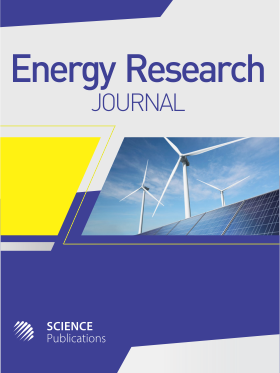Modeling and Performance Analysis of a Petroleum-Pipeline-Pressure-Boosting Station Powered by Two-Shaft GT Engine
- 1 Jordan University of Science and Technology, Jordan
Abstract
This study offers modeling and performance analysis of a pressure-boosting station for petroleum pipelines using a sustainable two-shaft GT engine to drive a three-stage centrifugal pump. The modeling is divided into three steps; matching the GT engine components at the maximum efficiency line, matching the pump performance with the requirements of the pipeline system to generate the pump load curve, then matching the pump load curve to the GT engine power-speed curve at the maximum efficiency to study the plant’s overall performance. At design point, the GT engine efficiency was 37.5% while the station net pumping-power output was ~ 2 MW with an overall efficiency of ~ 30% and Specific Fuel Consumption (SFC) of ~ 0.217 kg/kWh. Also, the effect of varying the GT engine compression ratio (rc) on the plant’s performance parameters, i.e., SFC, efficiency and power output were thoroughly examined, revealing that the compressor turbine range was the most limited and that the part-load efficiency of GT engine at 50% power-output loading was 32.2%. Finally, sensitivity analysis was performed to find that for each 10% drop in rc, the station overall efficiency drops by only 6.5%.
DOI: https://doi.org/10.3844/erjsp.2021.45.55

- 3,802 Views
- 1,813 Downloads
- 0 Citations
Download
Keywords
- Petroleum Pipelines
- Oil and Gas Transport
- Two-Shaft Gas Turbine Modeling
- Heat Exchange Cycle
- Free-Power Turbine and Pressure-Boosting Station
